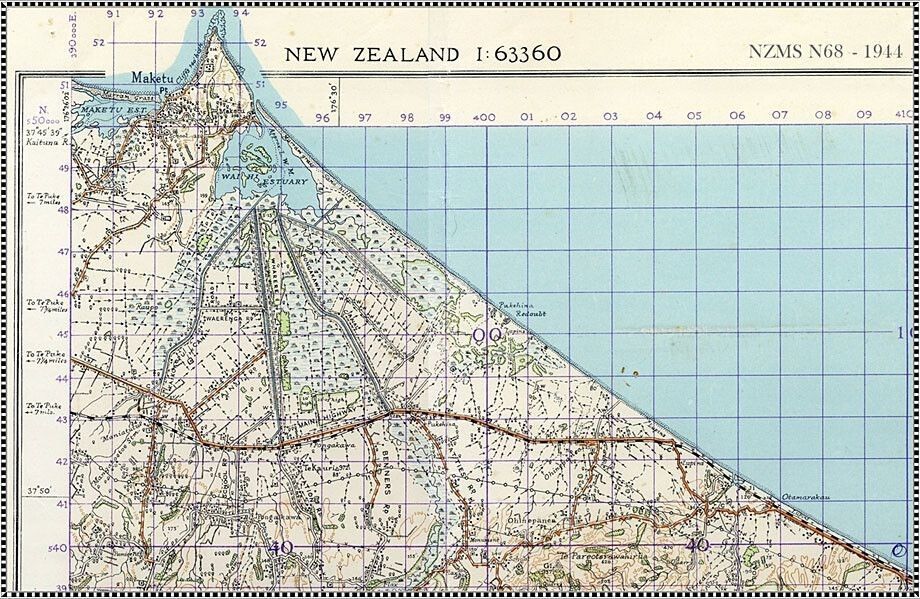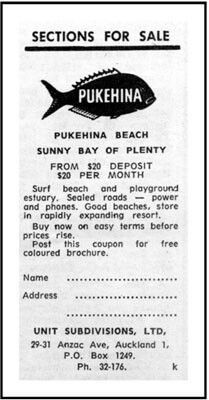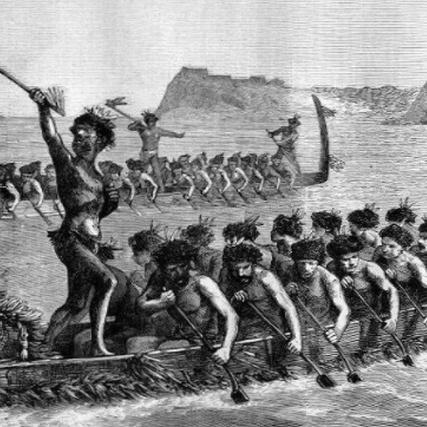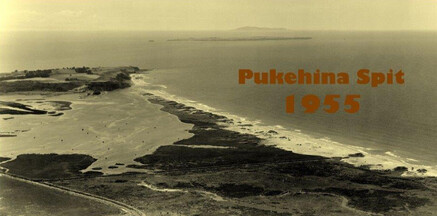History
One meaning behind the name Pukehina:
Puke is a hill and Hina is a small tree ‘Melicytus ramiiflours’ – Mahoe or Whitewood.
The Pukehina Spit
The Pukehina Spit was formed by a rising sea level, casting up sand over a shallow valley, now occupied by the Te Waihī Estuary some 40,000 years ago.
Ngāti Whakahemo are mana whenua, the principal hapū of this area. Pukehina marae is located on the hill at State Highway 2. The whare at Pukehina marae is named Tawakemoetahanga and connects ancestrally to Te Arawa waka, the maunga Matawhaura and the awa Waitahanui.
Ngāti Whakahemo are descendants from two waka of the ‘Great Migration' of 1340 AD, Te Arawa and Takitumu. Ngāti Makino are hapu of Ngāti Pikiao who settled in Otamarakau in 1841.
In 1880, Te Puke was established by George Vesey Stewart. He advertised for British farmers and entrepreneurs to acquire land and establish farms in the area.
In 1881 the first colonial settlers arrived in Tauranga from Ireland, Scotland and England. In the early 1890’s Mr SH MacDougall took up 5,500 acres in the area.
Pukehina Flaxmill began operating in 1926 with flax sourced from the surrounding land. Workers were paid 8 – 10 shillings a ton. It closed a few years later, but in 1933 it became the cookhouse for 70 Government relief workers during the depression.
Pukehina Subdivision
Until purchased for development from Māori owners, the spit was a wild area with a few wandering farm animals and sand dunes.
In the 1950’s the Weekly News carried sales adverts for quarter acre beach sections in Pukehina, which could not be found on any contemporary map.
Beach sections were generally a 10% deposit for a windswept sandhill with dirt road access, no power, or water and if you could find the boundary pegs you were lucky! So started the beach-bach era when building permits were just an option in the minds of buyers and all manner of habitats were erected.

Beach section advertisements








